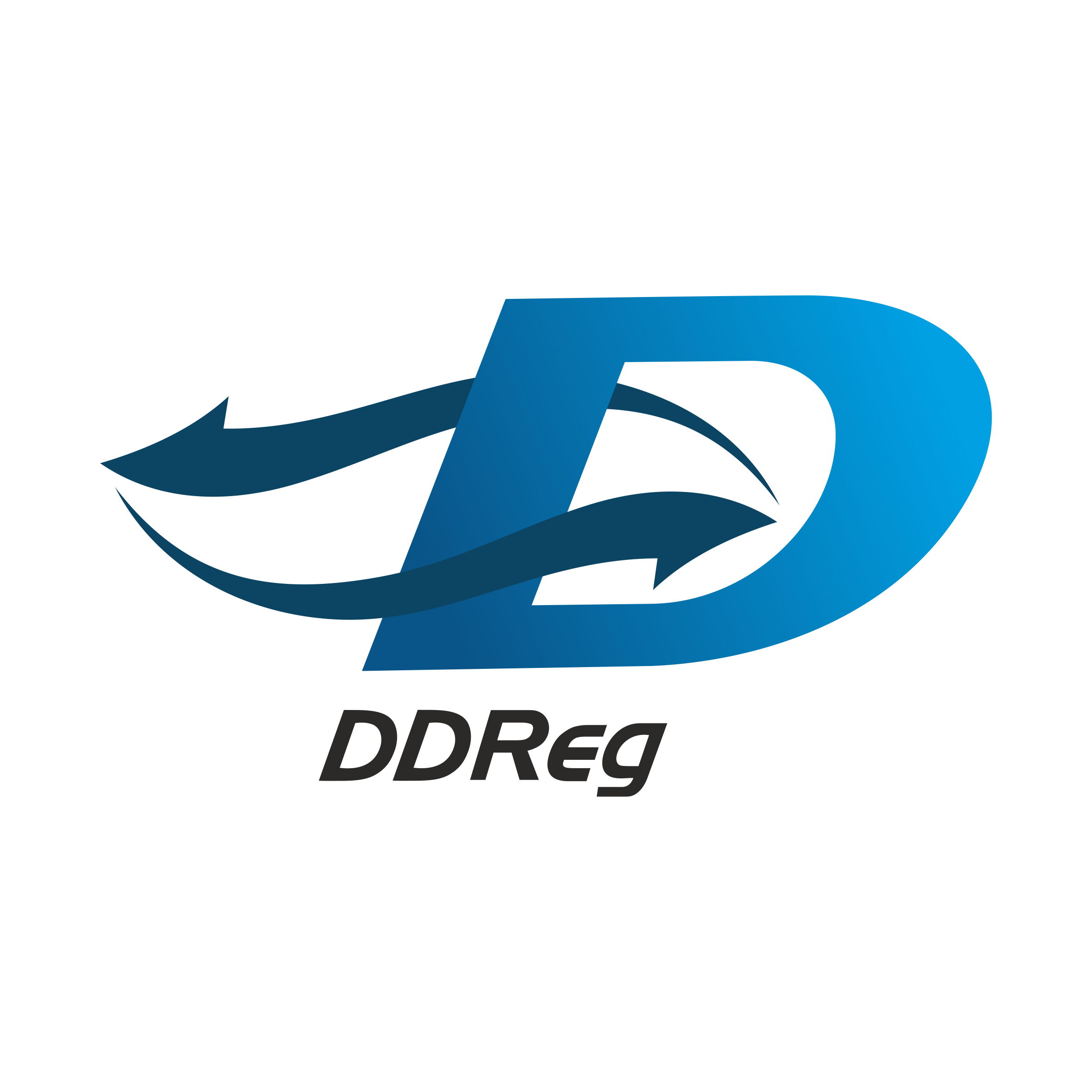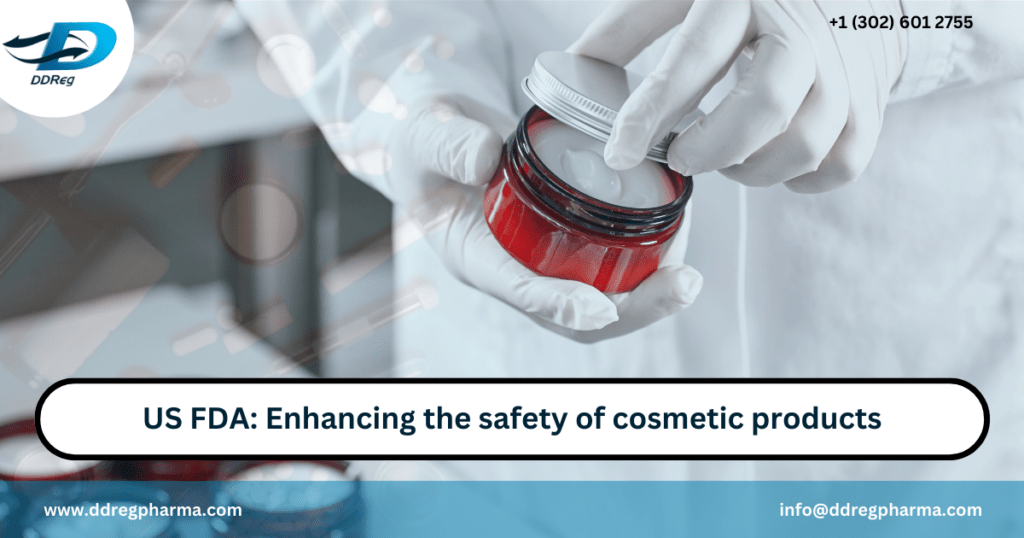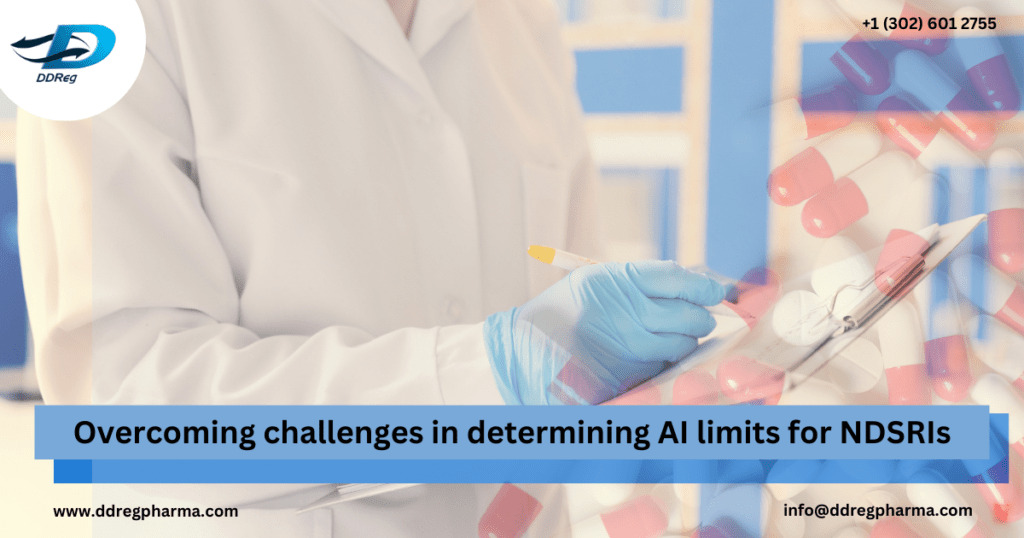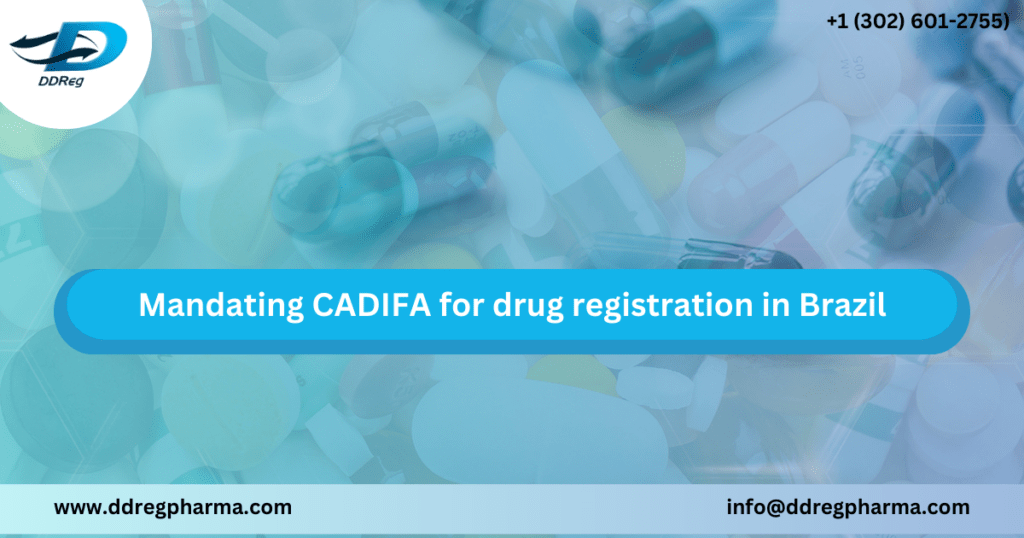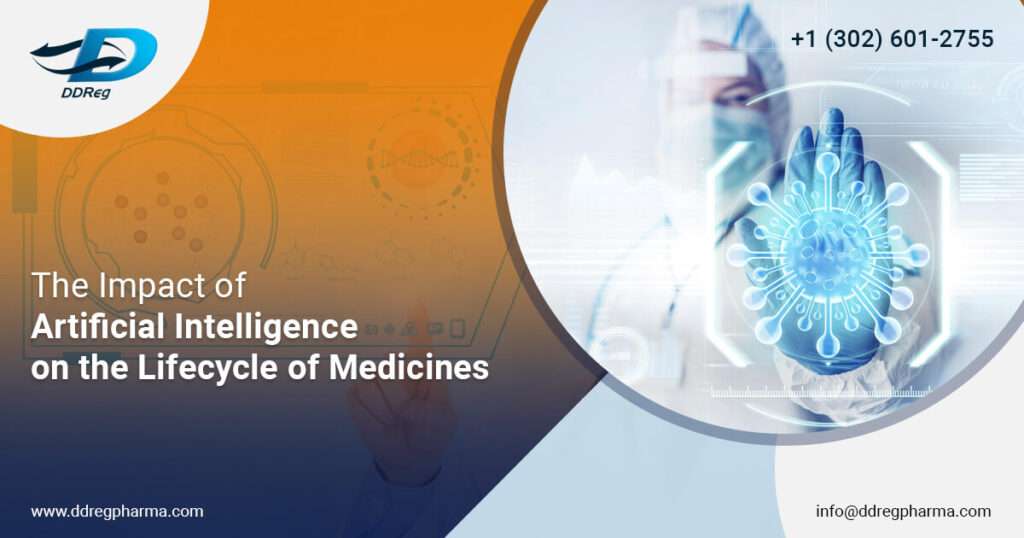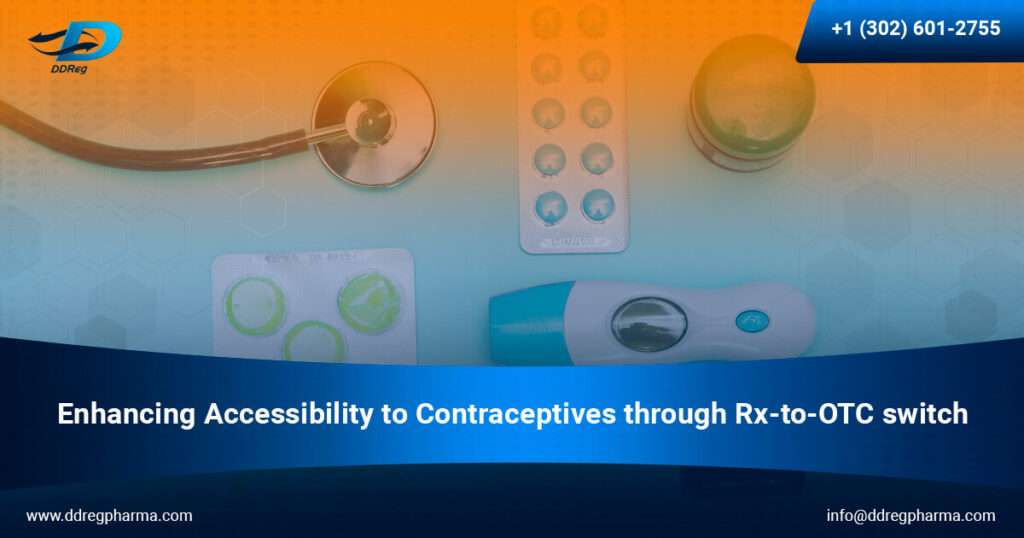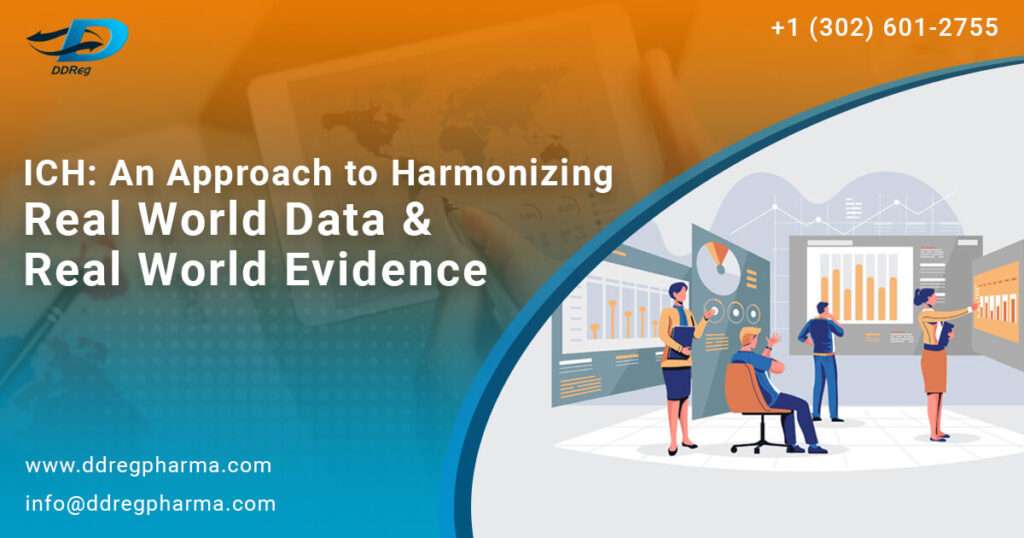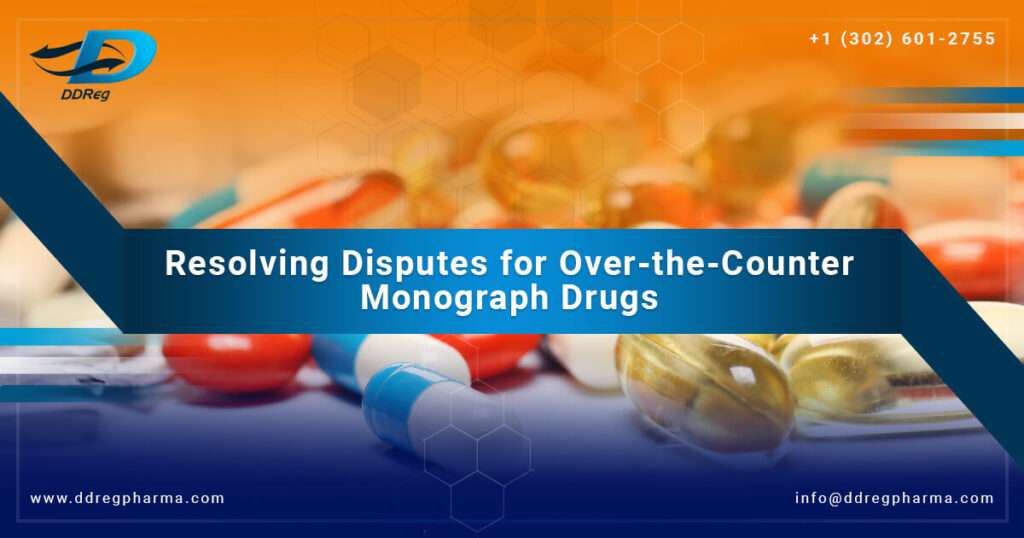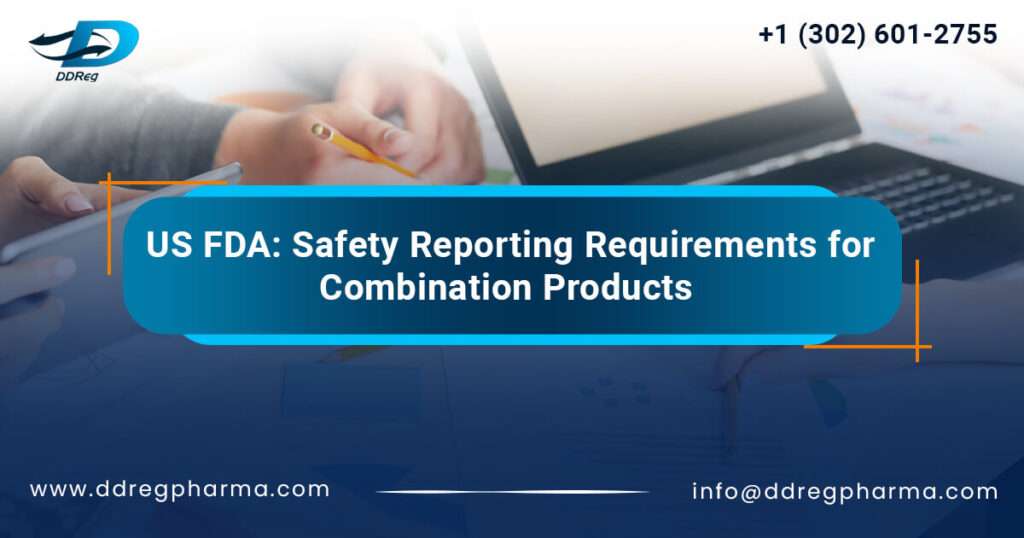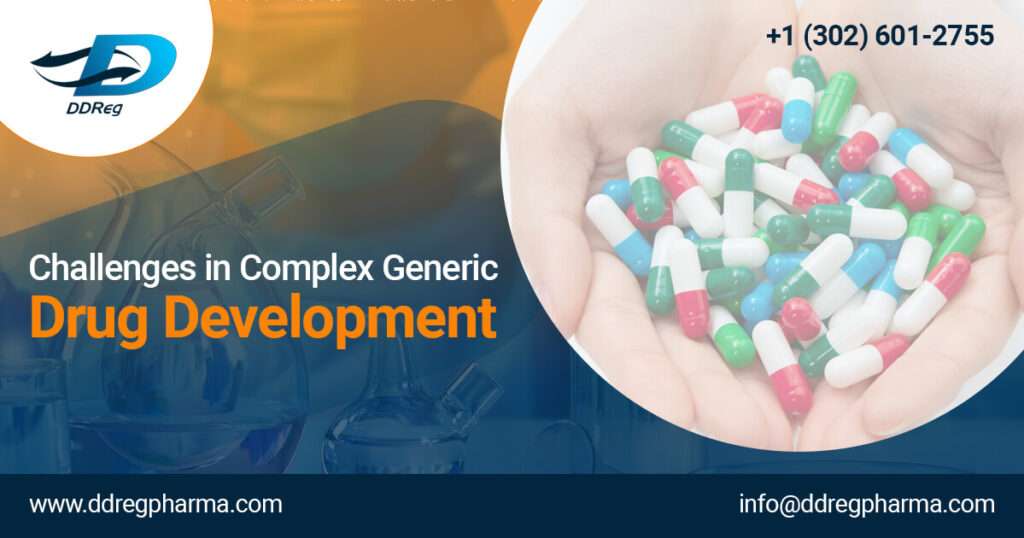US FDA: Enhancing the safety of cosmetic products
In the ever-evolving landscape of personal care and aesthetics, cosmetic products have risen to prominence and have wielded significant influence over individual and societal perceptions of allure. Yet, the journey from development to commercialization is underpinned by a complex tapestry of regulations designed to ensure consumer safety, uphold product integrity, and govern industry practices. In […]
US FDA: Enhancing the safety of cosmetic products Read More »
